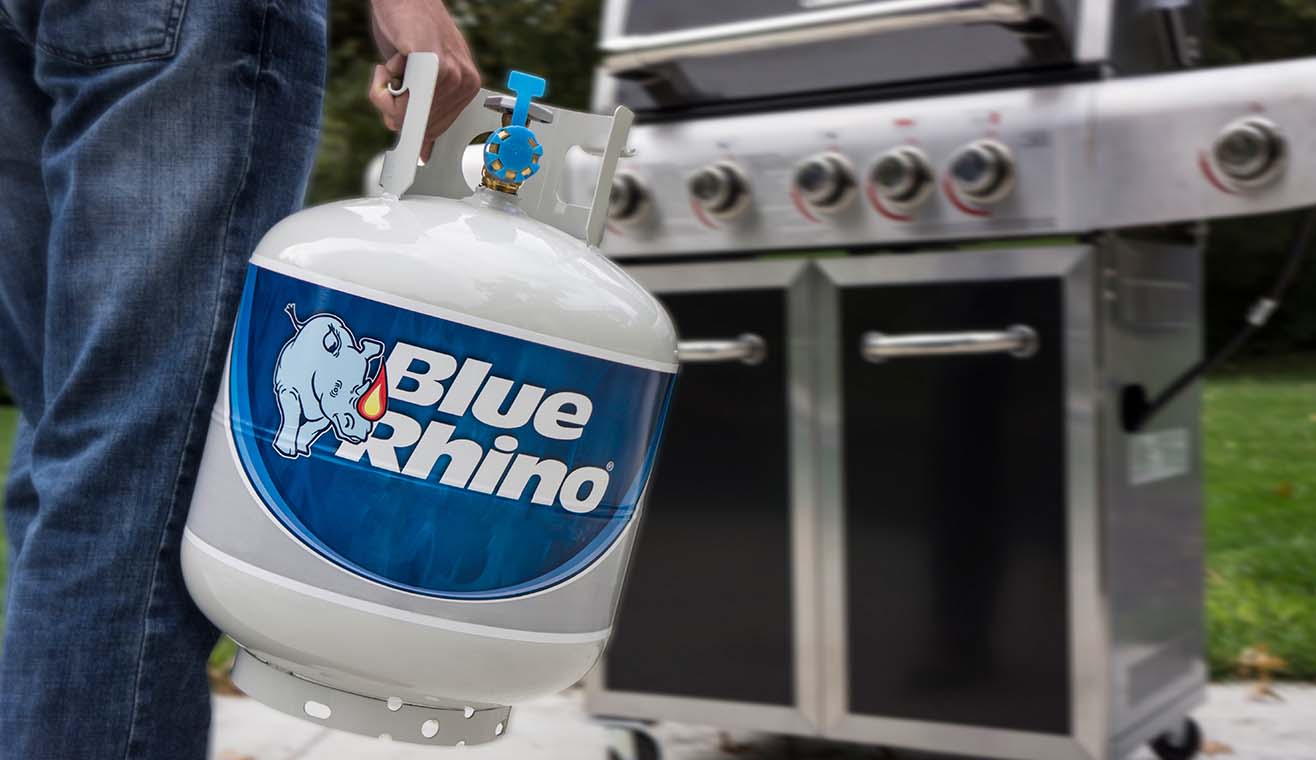

Articles
How To Store Propane Tanks Safely
Modified: December 7, 2023
Discover the best practices for storing propane tanks safely with our comprehensive articles. Keep your propane tanks secure and prevent potential hazards.
(Many of the links in this article redirect to a specific reviewed product. Your purchase of these products through affiliate links helps to generate commission for Storables.com, at no extra cost. Learn more)
Introduction
Welcome to our guide on how to store propane tanks safely. Propane tanks are a common and convenient source of fuel for many residential, commercial, and recreational applications. From powering grills and outdoor heaters to fueling forklifts and RVs, propane offers a versatile and efficient fuel option.
However, it’s essential to handle and store propane tanks properly to ensure the safety of yourself, your property, and those around you. Mishandling or storing propane tanks in an unsafe manner can lead to accidents, fires, explosions, and significant property damage.
This comprehensive article will provide you with valuable information and guidelines on how to safely store and handle propane tanks, both indoors and outdoors. Whether you are a homeowner with a backyard grill or a business owner with multiple propane-powered appliances, these tips will help you maintain a safe environment.
Please note that while this article provides general safety guidelines, it’s crucial to review and follow the specific guidelines provided by the manufacturer of your propane tank and equipment. These guidelines may vary depending on the size and type of tank and the specific appliances you are using.
With that said, let’s dive into the general safety guidelines for storing propane tanks.
Key Takeaways:
- Proper storage of propane tanks is crucial for safety. Follow guidelines for ventilation, placement, and handling to minimize risks of accidents, leaks, and fires.
- Whether indoors or outdoors, ensure propane tanks are stored securely, away from heat sources, and in well-ventilated areas. Regular inspection and adherence to local regulations are key.
Read more: How To Store A Propane Tank
General Safety Guidelines
When it comes to storing propane tanks, there are some essential safety guidelines that apply regardless of whether you are storing them indoors or outdoors. By following these guidelines, you can minimize the risk of accidents and create a safer environment:
- Store in well-ventilated areas: Propane is a highly flammable gas, and it’s crucial to store tanks in well-ventilated areas to prevent the accumulation of gas fumes. Good ventilation helps disperse any potential leaks and reduces the risk of explosion.
- Avoid direct sunlight and extreme temperatures: Propane tanks should not be exposed to direct sunlight or extreme temperatures, as this can cause excessive pressure buildup or damage to the tank. Find a location that provides shade and maintains moderate temperatures.
- Keep away from flammable materials: Ensure that propane tanks are stored away from flammable materials such as gasoline, oil, paint, and other combustible substances. This helps prevent accidents and reduces the risk of fire.
- Place tanks on a stable surface: Always place propane tanks on a stable, flat surface to prevent them from tipping over. Avoid uneven or sloping surfaces, as this can compromise the stability of the tank and pose a safety hazard.
- Secure the tanks: Properly secure propane tanks to prevent them from falling or moving. Use tank containment devices or straps to ensure stability and reduce the risk of accidents.
- Label and mark tanks: Clearly label propane tanks with relevant information, such as their contents, pressure rating, and the date of the last inspection or service. This helps you keep track of tank maintenance and ensures that tanks are used correctly.
- Keep tanks upright: Propane tanks should always be stored and transported in an upright position. Storing them horizontally or placing them on their side can lead to gas leaks and other safety hazards.
- Inspect tanks regularly: Regularly inspect your propane tanks for any signs of damage, corrosion, or leaks. Look for dents, rust, or other visible defects that may compromise the integrity of the tanks. If you notice any issues, contact a professional for inspection or replacement.
These general safety guidelines provide a solid foundation for storing propane tanks safely. However, it’s crucial to consider certain factors when choosing a storage location for your tanks, whether it’s indoors or outdoors. Let’s explore those considerations in the next section.
Choosing a Storage Location
When it comes to storing propane tanks, choosing the right location is essential for maintaining safety. Here are some factors to consider when selecting a storage location:
- Distance from living spaces: It’s important to store propane tanks away from living spaces, including houses, garages, and other occupied buildings. A distance of at least 10 feet is recommended to minimize the risk of leaks or accidents impacting inhabited areas.
- Away from ignition sources: Keep propane tanks away from potential ignition sources such as open flames, electrical panels, switches, outlets, and direct heat sources. This reduces the risk of accidental fires or explosions.
- Accessible for emergency personnel: Ensure that the storage location for propane tanks is easily accessible for emergency personnel in case of an accident or leak. This allows them to quickly respond and mitigate any potential hazards.
- Level and stable surface: Choose a level and stable surface for storing propane tanks. This helps prevent the tanks from toppling over and reduces the risk of accidents. Avoid storing tanks on uneven or sloping ground.
- Protection from extreme weather: If storing propane tanks outdoors, consider providing them with protection from extreme weather conditions. Excessive heat, cold, or exposure to direct sunlight can damage the tanks and compromise their integrity.
- Separation from other items: Store propane tanks in an area where they are separated from other items, particularly flammable materials. Keep them at least 10 feet away from materials such as gasoline, oil, and other combustible substances to minimize the risk of fire.
- Avoid low-lying areas: Do not store propane tanks in low-lying areas such as basements or underground pits. Propane is heavier than air, and in case of a leak, it can accumulate in these areas, increasing the risk of fire or explosion.
- Check local regulations: Be aware of any local regulations or restrictions regarding the storage of propane tanks. Some areas may have specific guidelines on the distance requirements, storage capacity limits, or zoning restrictions for storing propane tanks.
By considering these factors and regulations, you can choose an appropriate storage location that minimizes the risks associated with propane tanks. In the next sections, we’ll discuss the specific guidelines for propane tank placement and proper ventilation, both indoors and outdoors.
Propane Tank Placement
Proper placement of propane tanks is crucial for their safe storage and usage. Whether you are storing the tanks indoors or outdoors, following these guidelines will help ensure their stability and minimize the risk of accidents:
Indoor Propane Tank Placement:
- Choose a well-ventilated area for storing propane tanks indoors. This area should have adequate ventilation to disperse any potential gas leaks.
- Avoid storing propane tanks in living spaces such as basements, attics, or bedrooms. Instead, designate a specific area, such as a storage room or an outdoor shed with proper ventilation.
- Ensure that the room or area has a fire extinguisher readily available and that it is easily accessible.
- Keep propane tanks at least 10 feet away from sources of ignition, such as water heaters, furnaces, and electrical equipment.
- Do not store propane tanks near electrical panels or outlets.
- Propane tanks should be placed upright on a stable, level surface to prevent tipping or rolling. Use a tank containment device or securely strap them to a fixed structure for added stability.
- Label the storage area with clear signage indicating the presence of propane tanks and any specific safety instructions.
Outdoor Propane Tank Placement:
- Choose a well-ventilated and open area for storing propane tanks outdoors.
- Keep propane tanks at least 10 feet away from windows, doors, and ventilation openings of buildings.
- Do not store propane tanks near combustible materials or flammable substances.
- Avoid placing propane tanks close to any heat sources, such as grills, fire pits, or other open flames.
- Ensure that the tanks are securely placed on a stable surface, such as a concrete pad or gravel, to prevent tipping or rolling.
- Consider using a protective enclosure or a weather-resistant cover to shield the tanks from direct sunlight, rain, or snow.
- Propane tanks should be positioned upright and not placed horizontally or on their side.
- Clearly label the storage area with signage indicating the presence of propane tanks and any specific safety instructions.
By adhering to these propane tank placement guidelines, you can create a safer storage environment and minimize the risks associated with mishandling or accidents.
In the next section, we will discuss the importance of proper ventilation when storing propane tanks.
Proper Ventilation
Proper ventilation is crucial when it comes to storing propane tanks. Propane is a flammable gas that can pose a significant risk if it accumulates in enclosed spaces. Here are some important considerations for ensuring proper ventilation:
Indoor Propane Tank Ventilation:
- Adequate airflow: Ensure that the storage area for propane tanks indoors has adequate airflow to disperse any potential gas leaks. The area should have vents or windows that can be opened to facilitate the exchange of air.
- Natural ventilation: Where possible, rely on natural ventilation by opening windows or using vents to allow fresh air to enter the storage area. This helps dilute any propane gas that may be released from the tanks.
- Mechanical ventilation: In certain situations, mechanical ventilation systems may be necessary to maintain proper airflow and remove gas fumes. Consult with a professional if you are unsure about the ventilation requirements for your particular storage area.
- No ignition sources: Ensure that there are no potential ignition sources, such as open flames or electrical equipment, in the vicinity of the propane tanks. This reduces the risk of a spark igniting any accumulated gas fumes.
Outdoor Propane Tank Ventilation:
- Open-air environment: When storing propane tanks outdoors, the open-air environment provides natural ventilation, allowing any gas leaks to disperse safely.
- Avoid confined spaces: Do not store propane tanks in confined or enclosed spaces such as sheds or garages without proper ventilation. This can lead to the build-up of gas fumes and increase the risk of fire or explosion.
- Positioning of tanks: Place propane tanks in a well-ventilated area, away from any obstructions that may impede the natural airflow.
- Check local regulations: Familiarize yourself with any local regulations or guidelines regarding the ventilation requirements for storing propane tanks outdoors. Depending on your location, there may be specific requirements to follow.
It’s crucial to understand the importance of proper ventilation in storing propane tanks. Insufficient ventilation can lead to the accumulation of propane gas, increasing the risk of explosion or fire. By ensuring adequate airflow and following the ventilation guidelines for your specific storage area, you can create a safer environment.
Next, let’s delve into the proper handling and transportation of propane tanks.
Always store propane tanks in an upright position, in a well-ventilated area, away from heat sources and direct sunlight. Keep them outdoors if possible and never store them in a closed vehicle or living space.
Read more: How To Store Propane Tanks Outside
Proper Handling and Transportation
Propane tanks must be handled and transported with care to ensure the safety of both the individuals involved and the surrounding environment. Here are some important guidelines to follow for proper handling and transportation of propane tanks:
- Use protective gloves and goggles: When handling propane tanks, wear protective gloves and goggles to protect yourself from potential leaks or other hazards.
- Avoid dropping or mishandling: Do not drop, roll, or strike propane tanks, as this can cause damage to the tank and potentially lead to leaks or accidents.
- Do not tamper with valves: Never attempt to tamper with the valves or fittings of propane tanks. Only trained professionals should handle any repairs or maintenance.
- Secure tanks during transportation: When transporting propane tanks, secure them in an upright position to minimize the risk of tipping over. Use straps or tank containment devices to ensure stability.
- Avoid excessive heat or flame: Keep propane tanks away from excessive heat, flames, or other ignition sources during transportation. Ensure that they are properly stored in a well-ventilated area of the vehicle.
- Proper signage: If you are transporting propane tanks in a vehicle, make sure to display appropriate signage indicating the presence of hazardous materials. This helps alert others and emergency personnel in case of an accident.
- Follow transportation regulations: Familiarize yourself with the local transportation regulations for the transportation of propane tanks. Depending on your location, there may be specific guidelines and requirements to follow.
- Use approved containers: If transporting small propane cylinders, use containers specifically designed for propane transport. These containers are leak-resistant and provide added safety measures.
- Ensure proper ventilation: If transporting propane tanks in a vehicle, ensure proper ventilation to prevent the build-up of gas fumes. Open windows or use vents to maintain airflow.
- Do not leave tanks unattended: Never leave propane tanks unattended in a vehicle or exposed to unauthorized individuals. Always keep them under supervision to prevent tampering or accidents.
By following these proper handling and transportation guidelines, you can minimize the risks associated with propane tanks and ensure the safety of yourself and others. It’s important to treat propane tanks with caution and respect their potential hazards.
In the next sections, we will discuss the specific considerations for storing propane tanks indoors and outdoors, including tips for long-term storage.
Storing Propane Tanks Indoors
Storing propane tanks indoors requires careful consideration to ensure safety and compliance with regulations. Whether you are storing them in a residential or commercial setting, here are some guidelines to follow:
- Designated storage area: Dedicate a well-ventilated, non-living space for propane tank storage indoors. This could be a storage room, utility area, or a detached shed specifically designed for this purpose.
- Ventilation: Ensure the storage area has proper ventilation to disperse any potential gas leaks. Install vents or windows that can be opened to maintain airflow.
- Fire extinguisher: Keep a fire extinguisher readily accessible near the storage area in case of an emergency.
- No smoking: Prohibit smoking in the storage area and its surrounding vicinity to eliminate fire hazards.
- Secure placement: Store propane tanks in an upright position and secure them on a stable surface to prevent accidental tipping or falling.
- Distance from flammable materials: Keep propane tanks at least 10 feet away from flammable materials such as gasoline, oil, paint, and other combustible substances.
- Labeling: Clearly label the storage area as containing propane tanks and include any necessary safety instructions or warnings.
- No ignition sources: Ensure that there are no sources of ignition in the storage area, such as water heaters, furnaces, or electrical equipment.
- No vehicles: Do not store propane tanks indoors within vehicles or enclosed spaces without prior approval and adherence to local regulations.
- Regular inspection: Regularly inspect the propane tanks and the storage area for any signs of damage, leaks, or corrosion. If any issues are found, consult a professional for inspection or repairs.
It’s important to note that the specific guidelines for storing propane tanks indoors may vary depending on local regulations and the size of the tanks. Always check with your local authorities and follow the recommendations provided by the manufacturer.
By adhering to these guidelines, you can safely store propane tanks indoors, ensuring the well-being of both yourself and those in the vicinity.
In the next section, we will discuss the considerations for storing propane tanks outdoors.
Storing Propane Tanks Outdoors
Storing propane tanks outdoors requires careful planning and adherence to safety guidelines to ensure the well-being of everyone in the area. Here are some important considerations when storing propane tanks outdoors:
- Open and well-ventilated area: Choose an open and well-ventilated area for storing propane tanks outdoors. This allows for the natural dissipation of any potential gas leaks.
- Distance from buildings: Ensure that propane tanks are stored at least 10 feet away from windows, doors, ventilation openings, and other structures. This minimizes the risk of any leaks affecting nearby buildings.
- Protection from direct sunlight: Provide some form of shade or protective cover to shield the propane tanks from direct sunlight. Prolonged exposure to direct sunlight can cause excessive pressure buildup inside the tanks.
- Flat and stable surface: Place propane tanks on a flat, stable surface such as a concrete pad or gravel. Avoid uneven or sloping surfaces that may compromise stability.
- Secure placement: Ensure that propane tanks are properly secured and positioned in an upright orientation. Use tank containment devices or straps to prevent tipping or movement.
- Distance from heat sources: Store propane tanks away from heat sources such as grills, fire pits, or other open flames. Maintain a safe distance to reduce the risk of accidental ignition.
- Protection from extreme weather: Use weather-resistant covers or enclosures to protect propane tanks from exposure to rain, snow, excessive heat, or cold temperatures. This helps prevent damage and ensures the integrity of the tanks.
- Proper labeling: Clearly label the storage area as containing propane tanks and include any necessary safety instructions or warnings.
- Regular inspection: Periodically inspect the propane tanks and the surrounding storage area for signs of damage, corrosion, or leaks. If any issues are detected, consult a professional for inspection or repairs.
- Follow local regulations: Familiarize yourself with any local regulations or guidelines regarding the outdoor storage of propane tanks. Be aware of any distance requirements, zoning restrictions, or storage capacity limits.
Always ensure that you follow the manufacturer’s recommendations and any specific guidelines from local authorities when storing propane tanks outdoors. By adhering to these guidelines, you can safely store propane tanks outdoors and minimize any potential risks.
In the next section, we will provide some tips for long-term storage of propane tanks.
Tips for Long-Term Storage
Long-term storage of propane tanks requires additional considerations to ensure their safety and integrity over an extended period. Whether you are storing tanks indoors or outdoors, here are some important tips to keep in mind:
- Keep tanks in a well-maintained condition: Regularly inspect the tanks for any signs of damage, corrosion, or rust. Address any issues promptly to prevent further deterioration.
- Close valves: When not in use, ensure that the valves on the propane tanks are tightly closed. This prevents any potential leaks and helps preserve the gas inside.
- Store tanks in a cool and dry area: Choose a storage location that remains relatively cool and dry throughout the year. Extreme temperatures and humidity can affect the integrity of the tanks and increase the risk of corrosion.
- Maintain proper ventilation: Ensure that the storage area has appropriate ventilation, even during long-term storage. This helps prevent the accumulation of gas fumes and reduces the risk of explosion.
- Label tanks with storage dates: Keep track of the storage dates by labeling the tanks. This allows you to prioritize the use of older tanks and helps ensure that propane is used in a timely manner.
- Monitor propane levels: Regularly check the propane levels in long-term storage tanks. This allows you to plan for refills or replacements as needed.
- Protect from pests: Take measures to prevent pests from entering the storage area and damaging the tanks. Seal any openings or cracks and consider using pest deterrents if necessary.
- Keep tanks secured: Maintain proper security measures to prevent unauthorized access to the storage area. Restrict access to only trained individuals who understand the potential hazards associated with propane tanks.
- Follow local regulations for storage duration: Be aware of any local regulations or guidelines pertaining to the maximum storage duration for propane tanks. Some areas may have restrictions on the length of time tanks can be stored without being used or inspected.
- Consult professionals if in doubt: If you have any doubts or concerns regarding the long-term storage of propane tanks, consult professionals who specialize in propane safety and storage. They can provide tailored advice based on your specific situation.
By following these tips, you can ensure the proper long-term storage of propane tanks, preserving their quality and safety until they are needed again.
Now that we have discussed the various guidelines for storing propane tanks safely, let’s conclude our article.
Read more: How To Store Propane Tanks At Home
Conclusion
Proper storage of propane tanks is essential for maintaining a safe environment and minimizing the risks associated with mishandling or accidents. Whether you are storing tanks indoors or outdoors, following the guidelines provided in this article will help ensure the safety of yourself, your property, and those around you.
General safety guidelines such as storing tanks in well-ventilated areas, keeping them away from flammable materials, securing them properly, and regularly inspecting them are fundamental practices to follow regardless of the storage location.
When storing propane tanks indoors, it’s important to designate a well-ventilated space away from living areas, secure the tanks upright on a stable surface, and ensure proper ventilation to disperse any potential gas leaks.
For storing propane tanks outdoors, choose an open and well-ventilated area, maintain distance from buildings and heat sources, and protect the tanks from direct sunlight and extreme weather conditions.
Additional considerations for long-term storage include maintaining the tanks in good condition, closing valves when not in use, monitoring propane levels, and following proper ventilation and labeling practices.
Always stay informed about and comply with local regulations and guidelines pertaining to propane tank storage. If you have any concerns or uncertainties, consult professionals who specialize in propane safety for guidance tailored to your specific situation.
By implementing these storage guidelines and practicing proper handling and transportation procedures, you can ensure the safety of yourself, your property, and the surrounding environment when dealing with propane tanks.
Remember, safety is of utmost importance when handling propane. By taking the necessary precautions and following the guidelines outlined in this article, you can enjoy the convenience and benefits of propane while keeping everyone safe.
Frequently Asked Questions about How To Store Propane Tanks Safely
Was this page helpful?
At Storables.com, we guarantee accurate and reliable information. Our content, validated by Expert Board Contributors, is crafted following stringent Editorial Policies. We're committed to providing you with well-researched, expert-backed insights for all your informational needs.
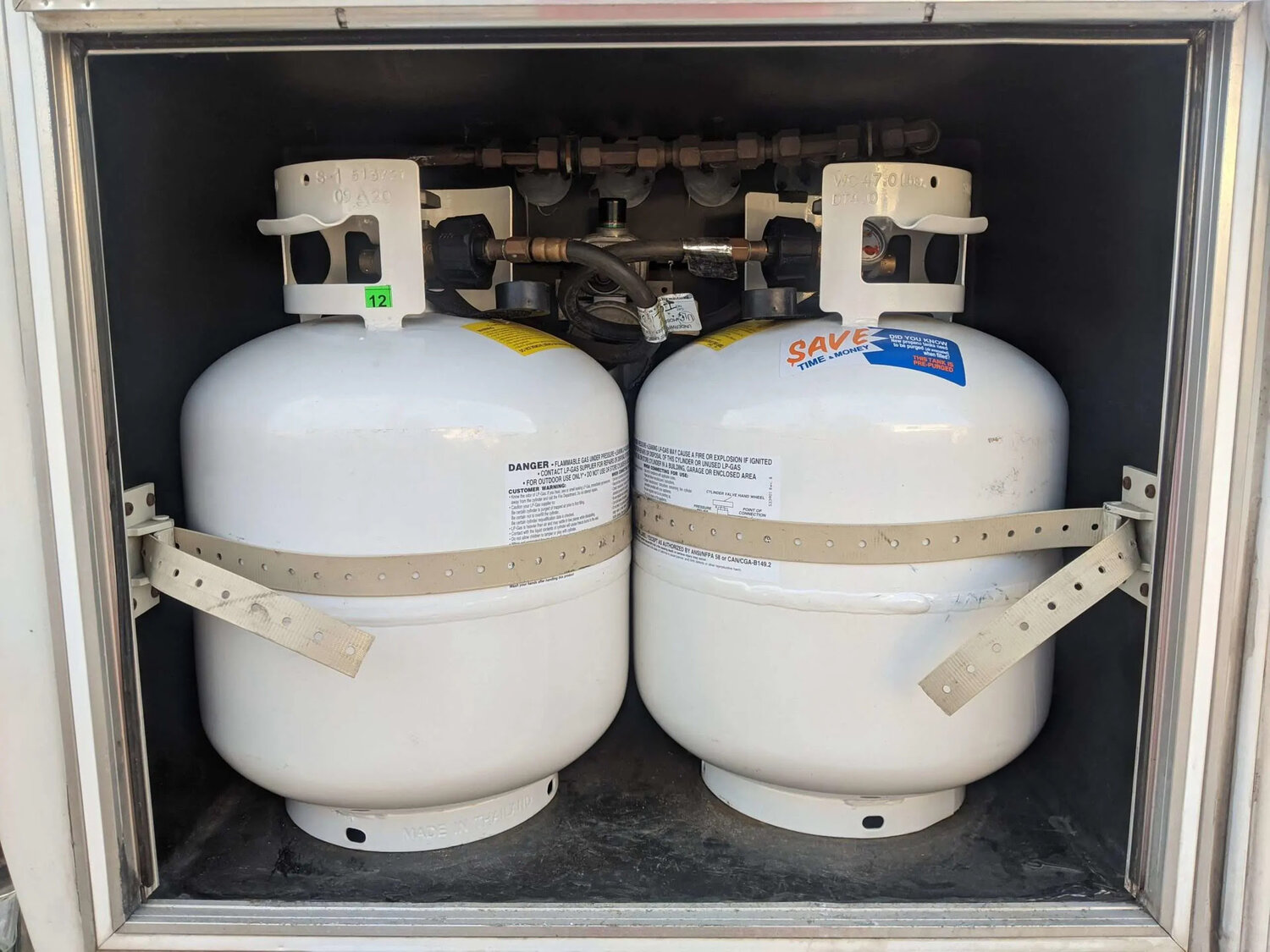
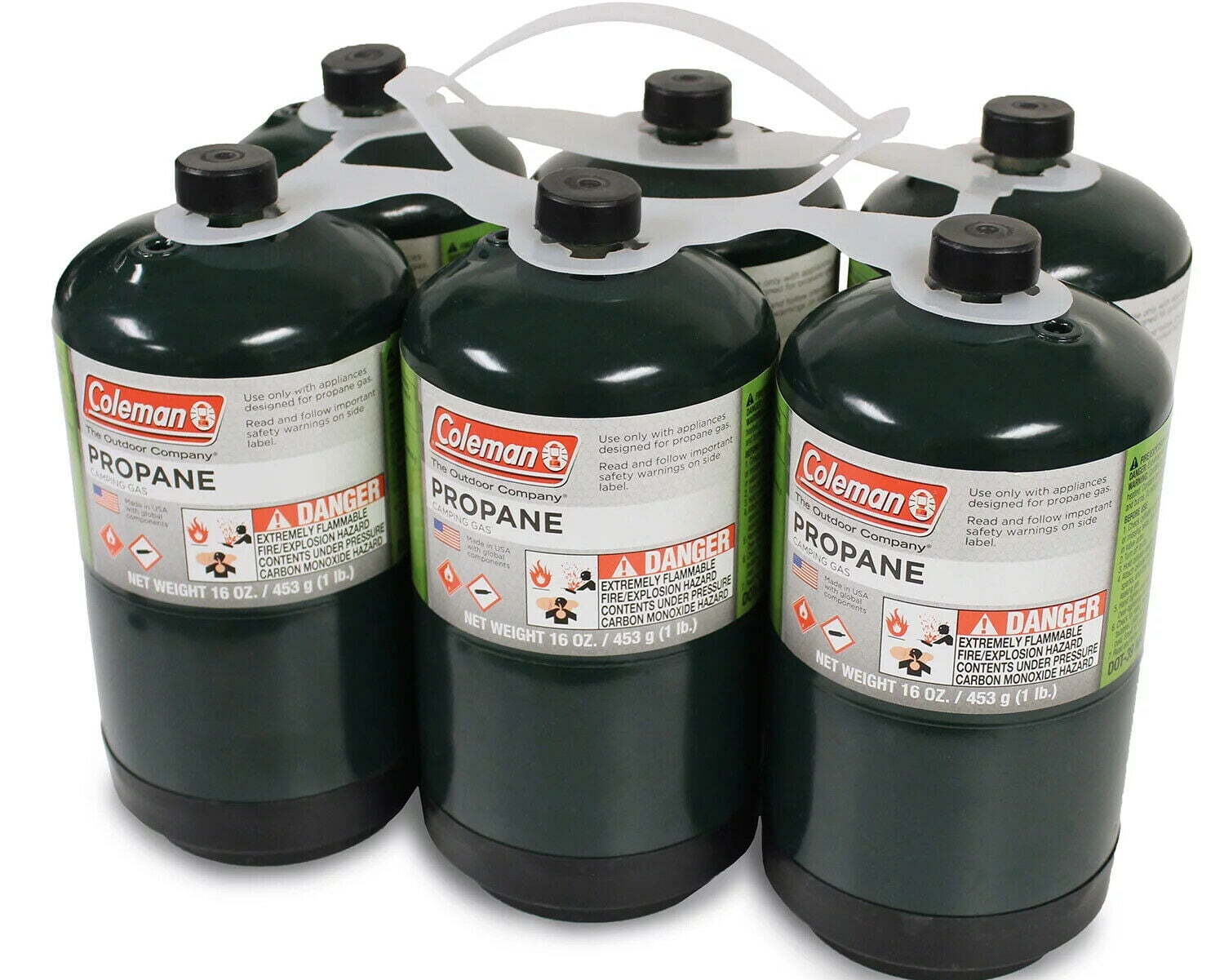
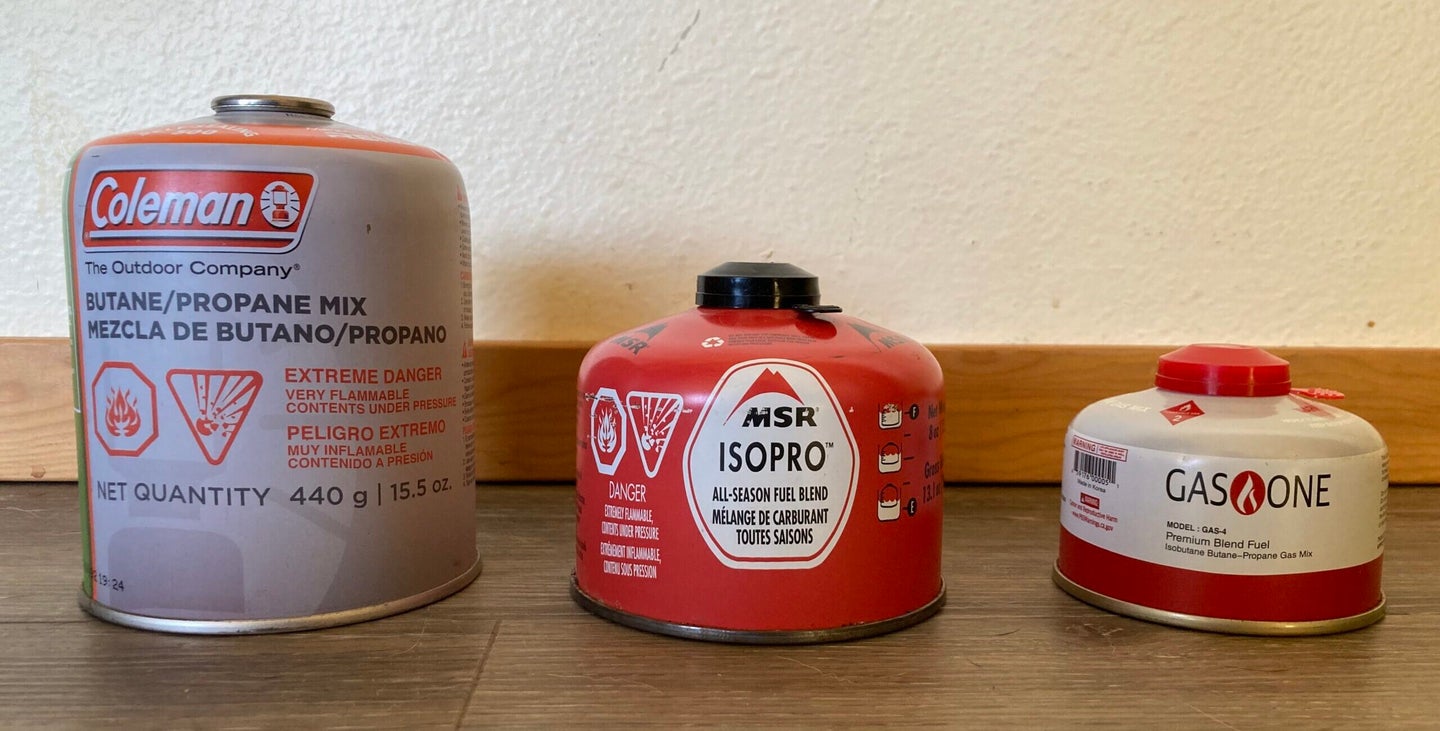
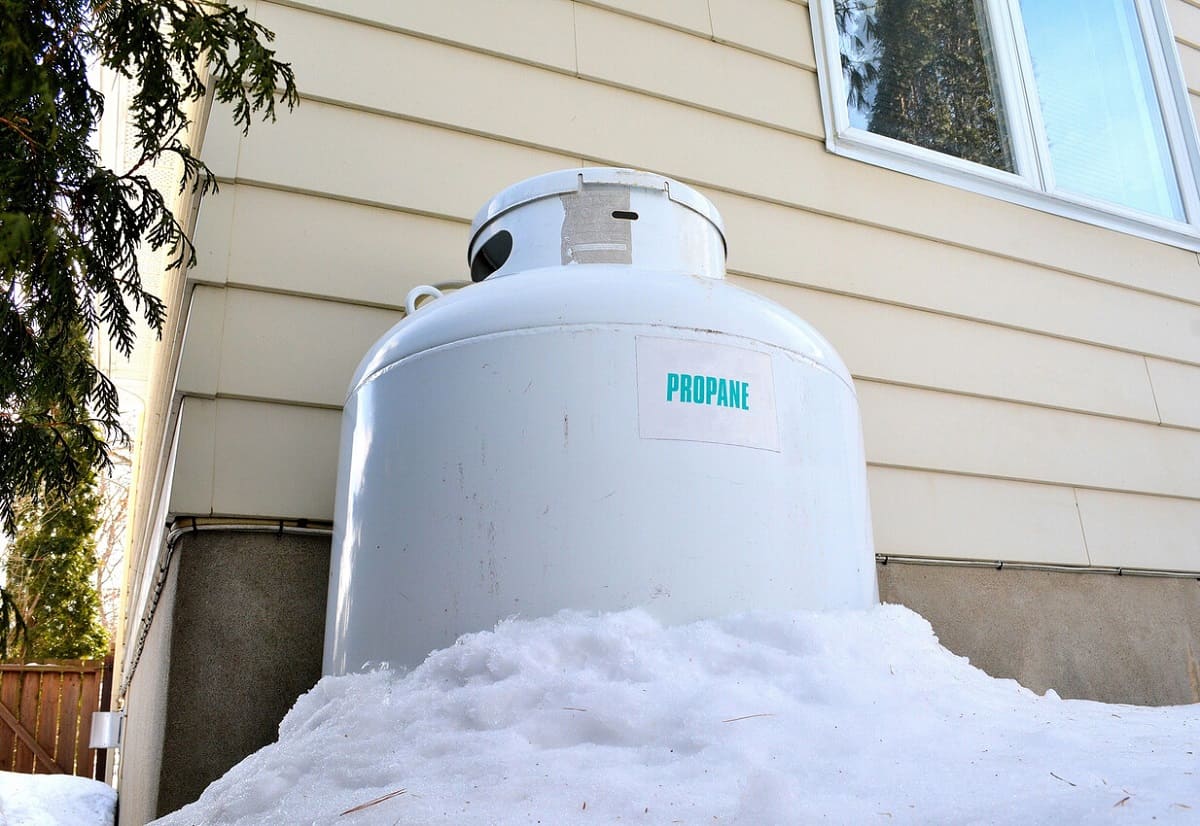
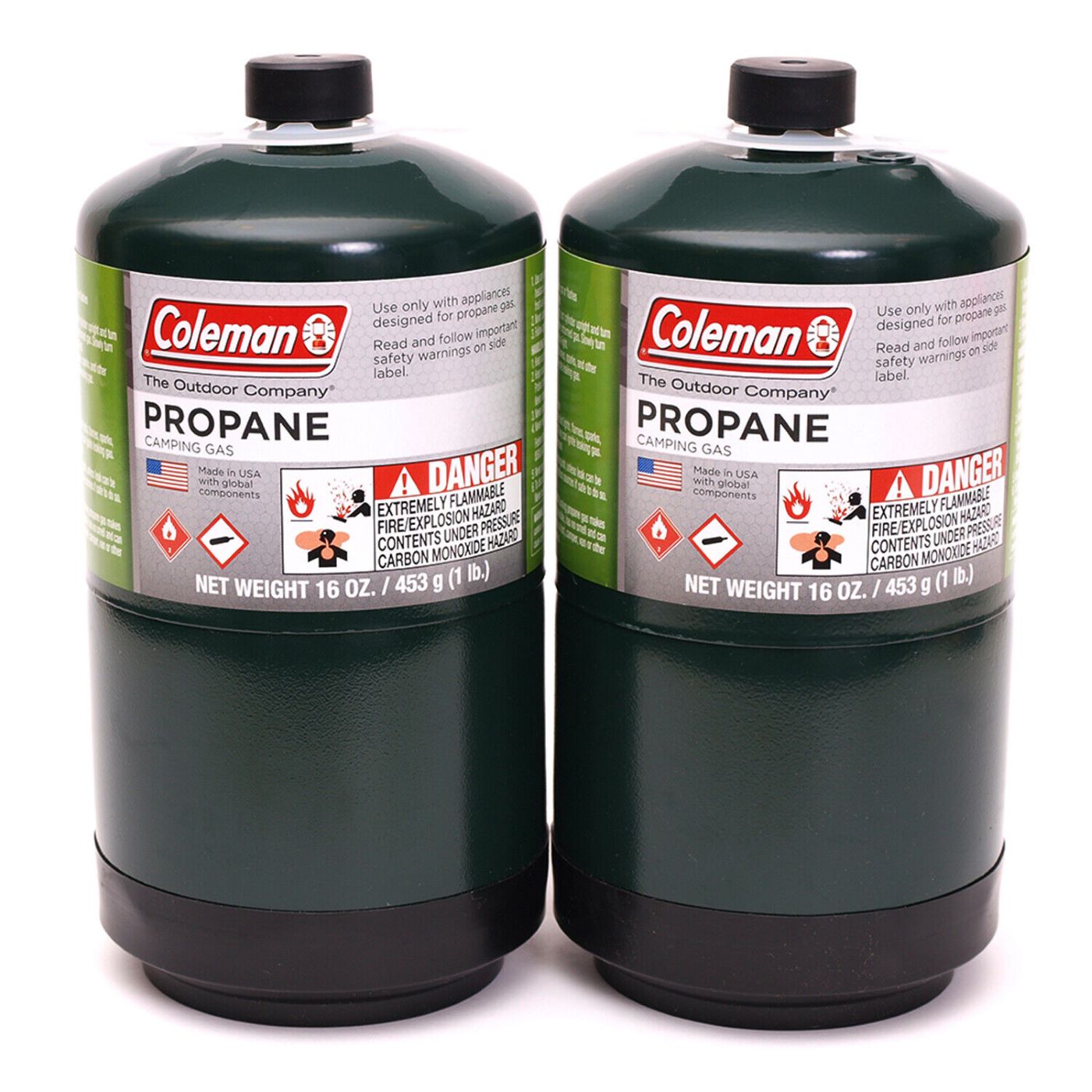
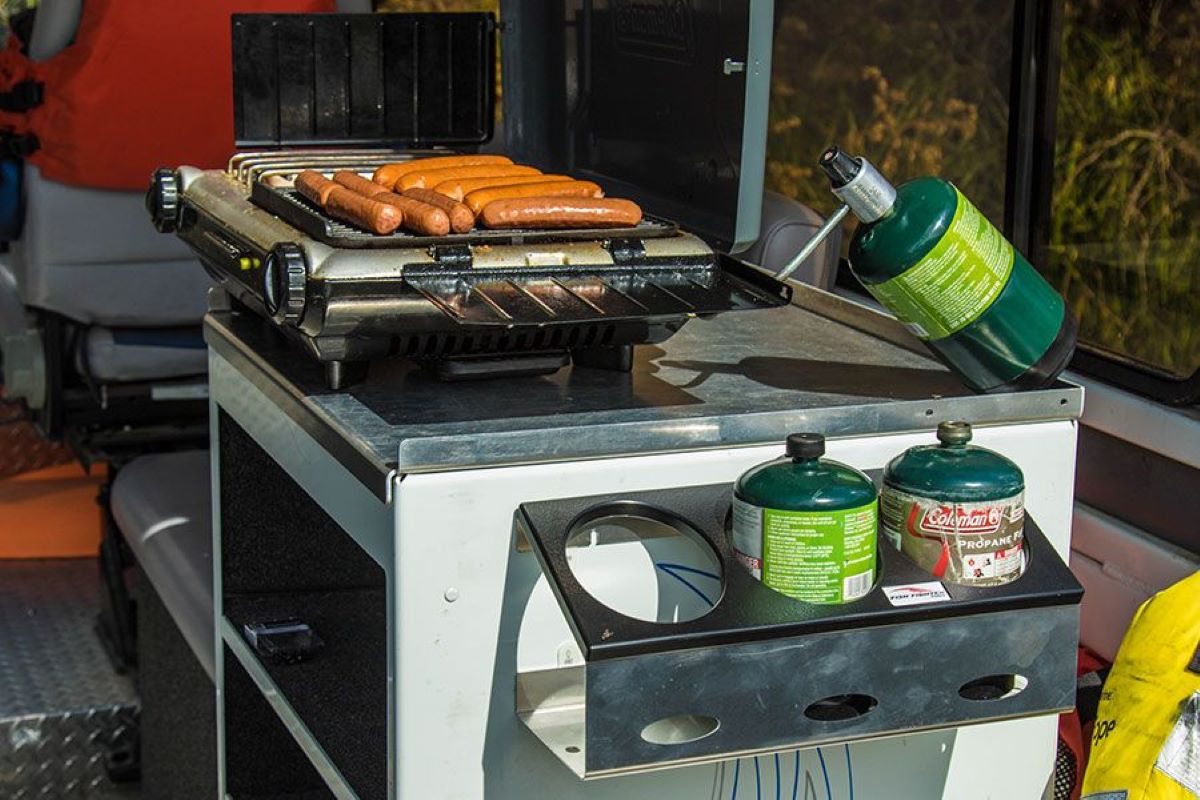
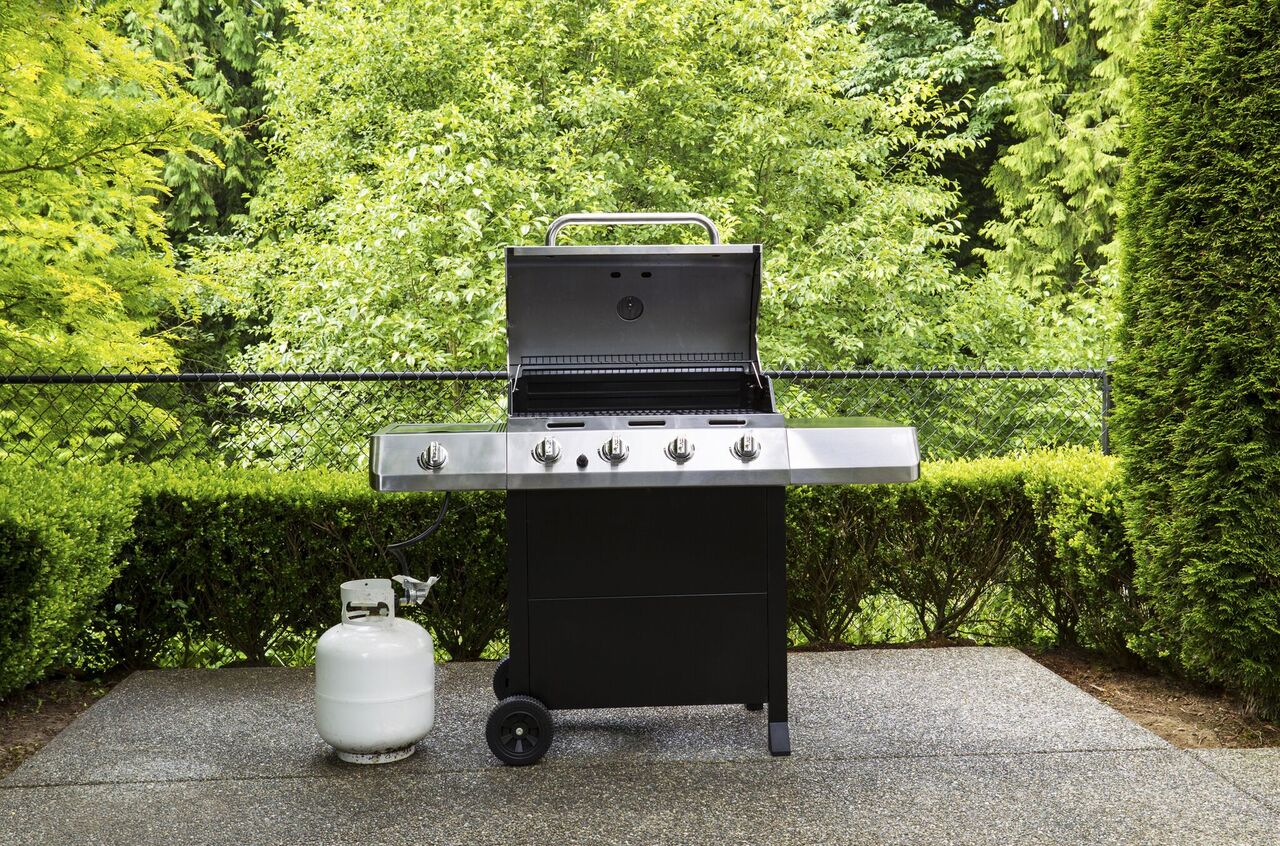
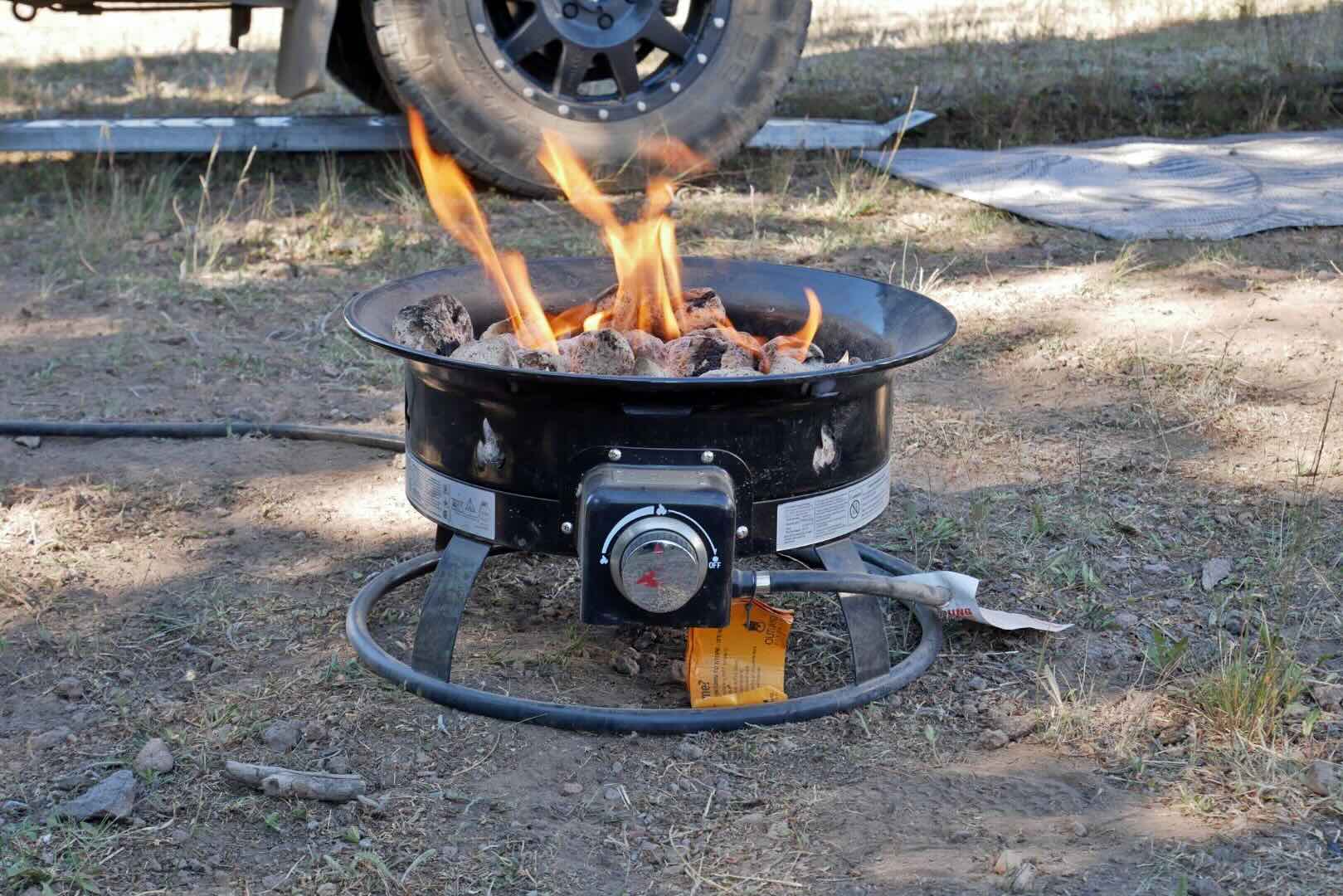
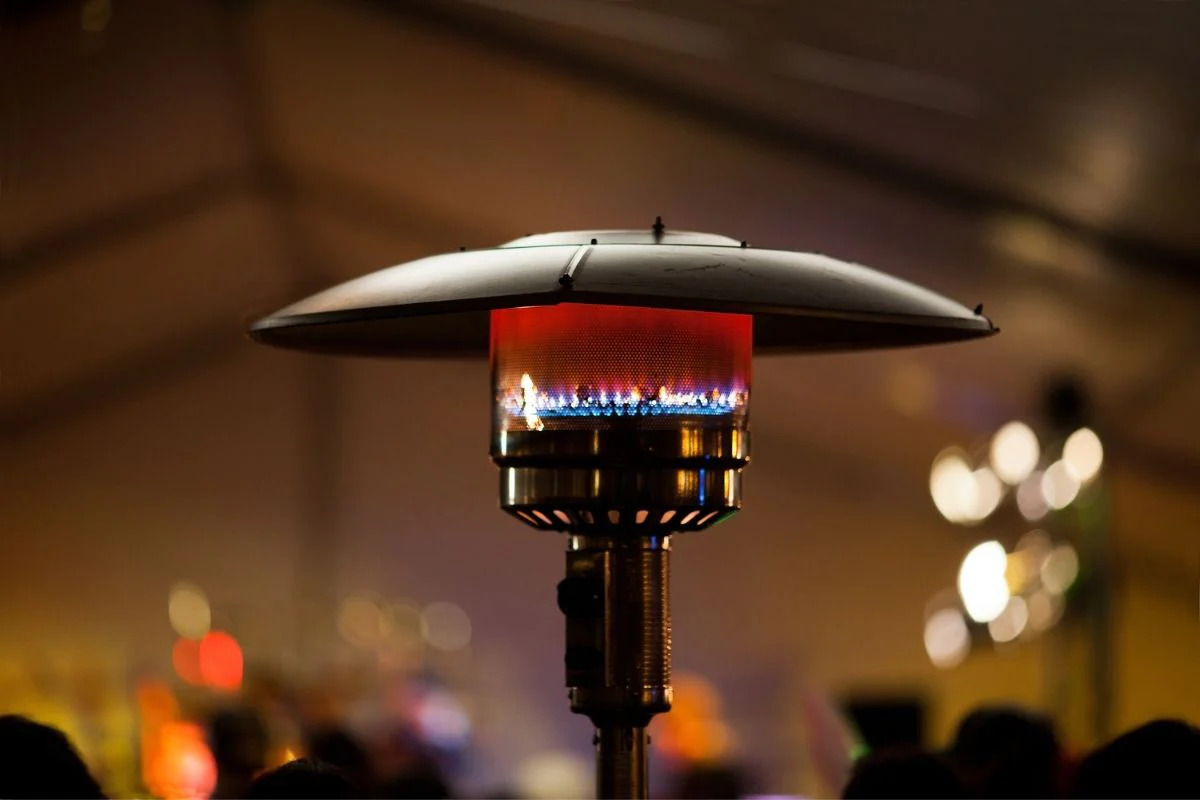
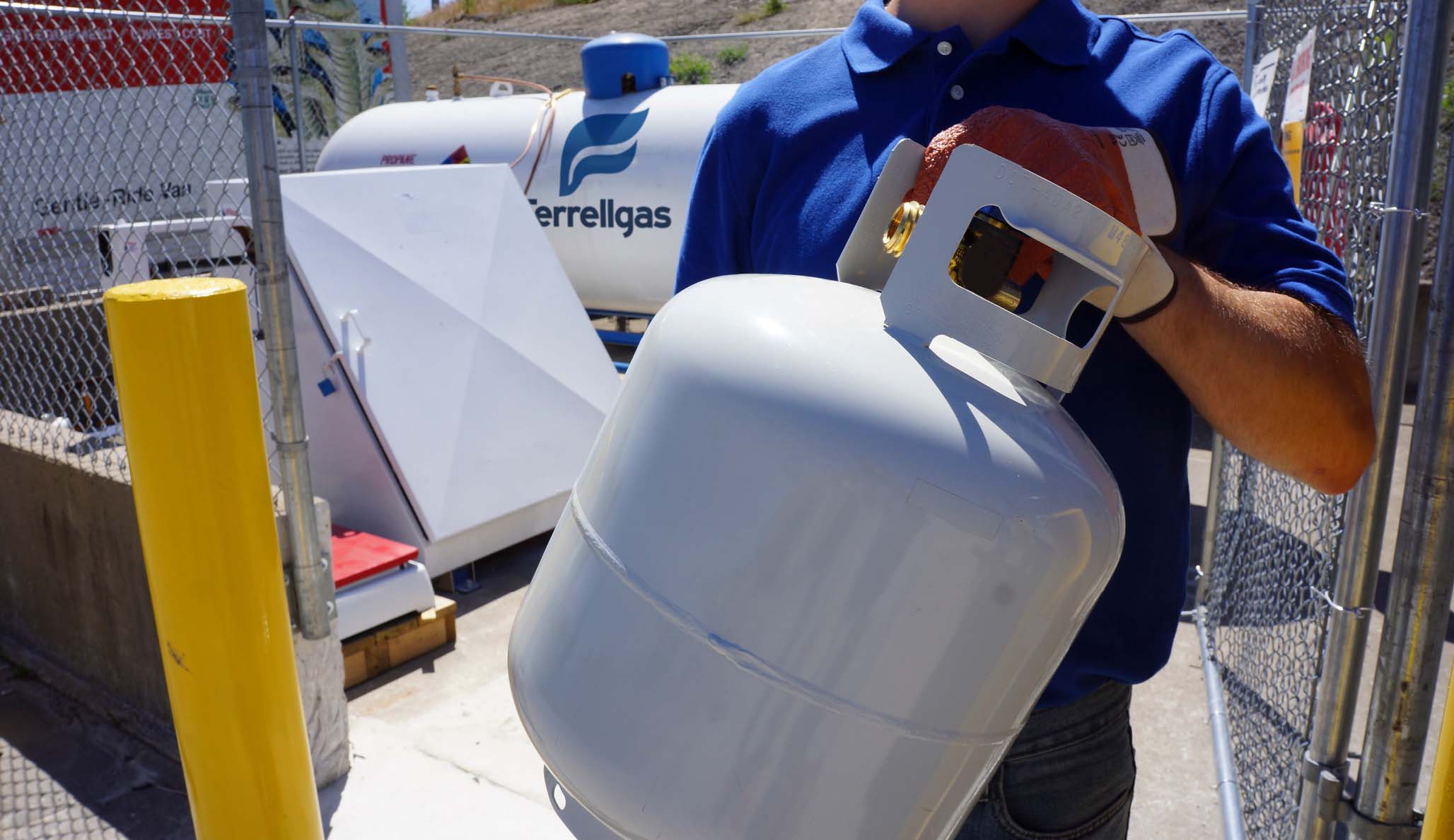
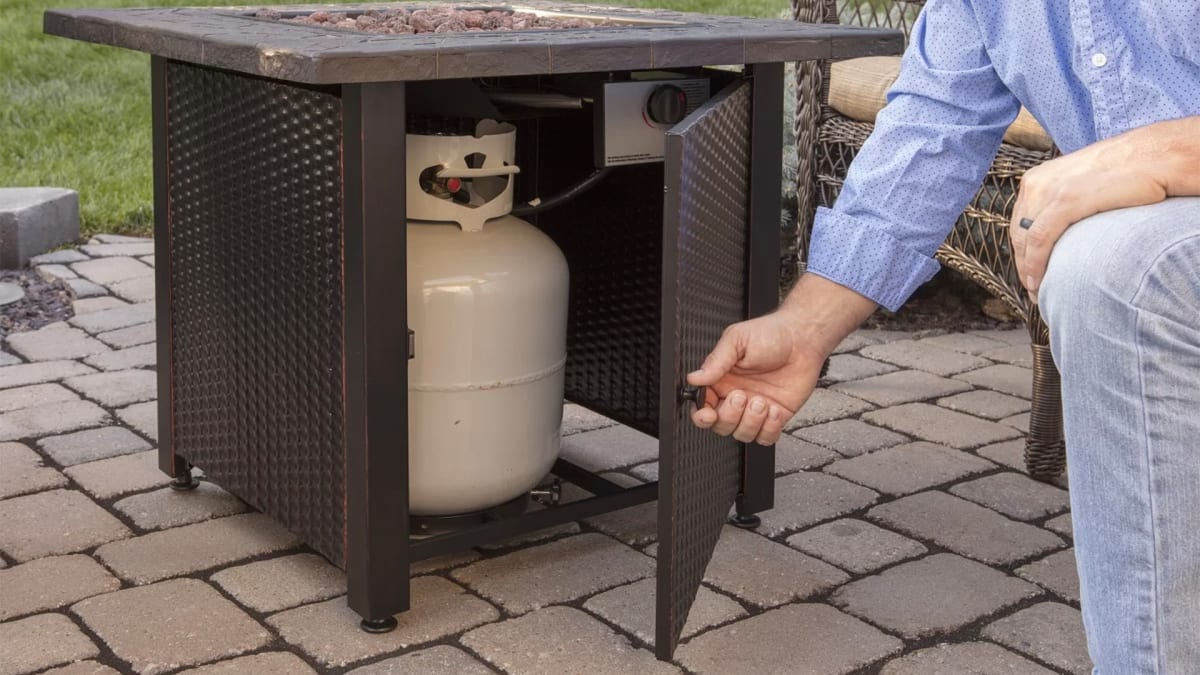
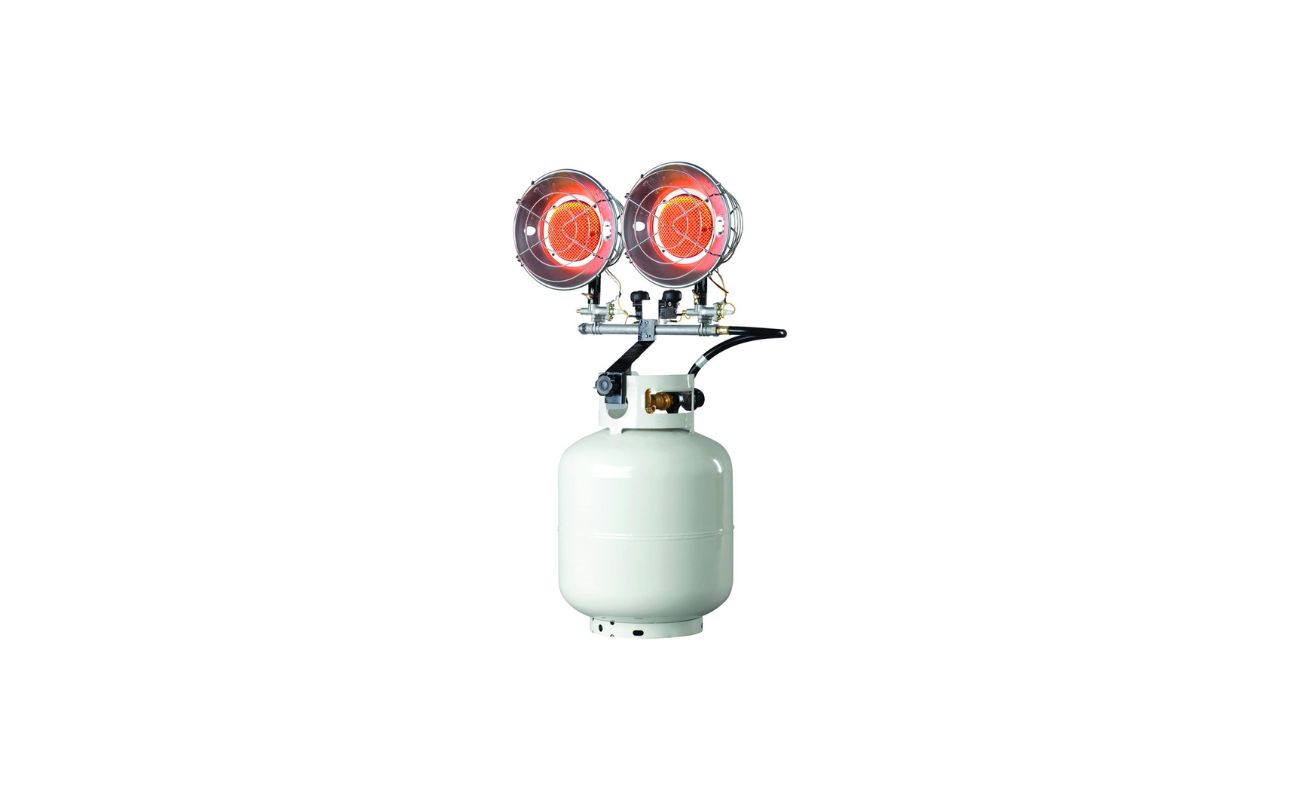
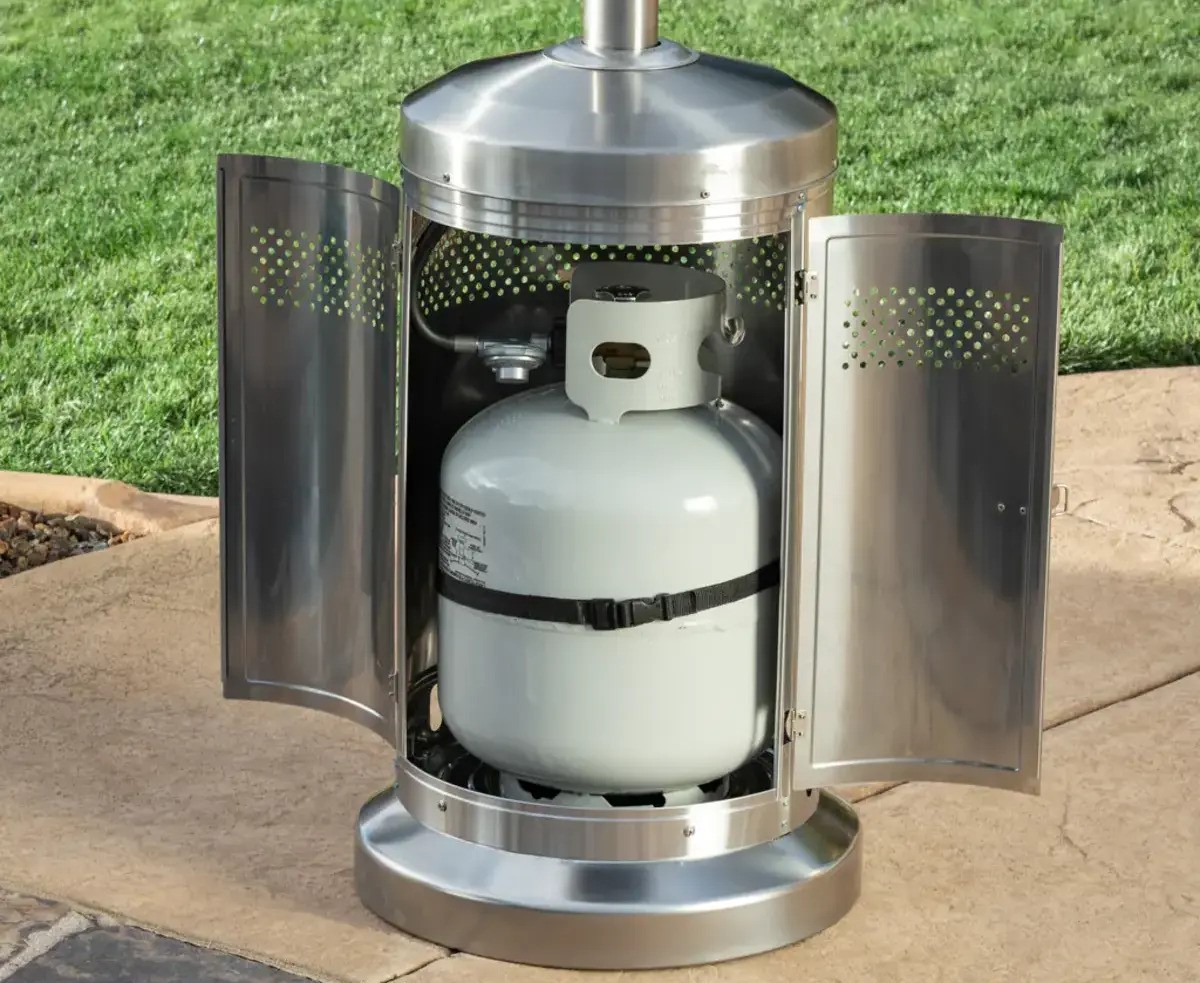

0 thoughts on “How To Store Propane Tanks Safely”